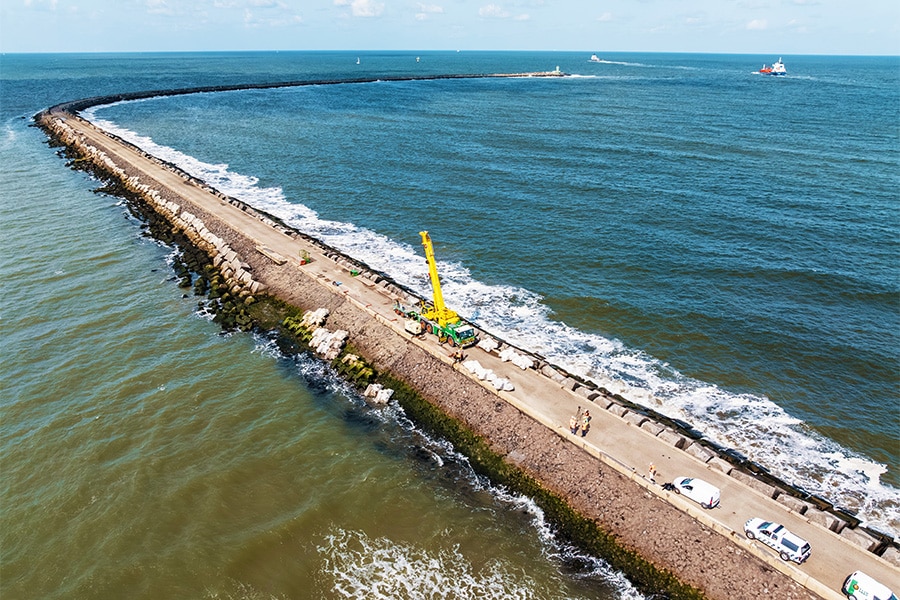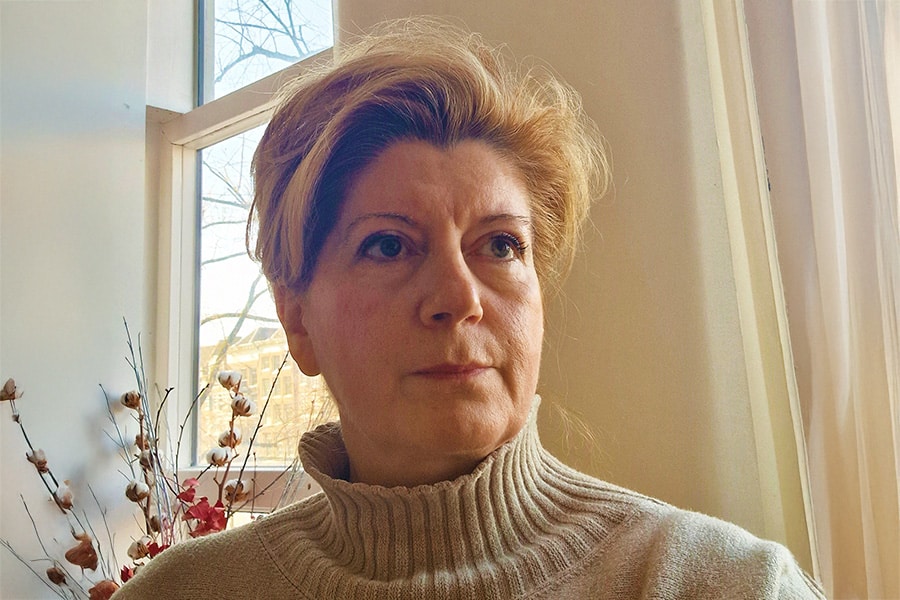
An anhydrite screed: extremely suitable for any type of floor finish
The use of hollow-core slabs and rib-cassettes (system floors) in combination with the popularity of sensitive floor finishes, such as linoleum and PU and cementitious cast floors of a few millimeters, means that people are increasingly consciously opting for a floating anhydrite screed. The screed and floor finish are thus disconnected from the construction, minimizing the risk of cracking and thus damage to the floor finish. But a floating screed is also ideally suited for hard floor finishes with tiles.
A floating screed is a screed applied to the insulation material, for thermal and/or acoustic reasons. This is also done to fix on it the underfloor heating pipes (tacker board). Thanks to its reliable strength, poured screed is increasingly used as a floating screed system.
This type of screed requires no compaction, must only be distributed and has a guaranteed high compressive and flexural tensile strength. As a result, the poured screed has no problem absorbing the slight movement of insulation or piping to prevent cracks and damage. Because the mortar flows neatly dense, it also has very high thermal conductivity. This results in better efficiency of the underfloor heating system.

Horizontal dilation
In commercial construction, system floors, such as hollow-core slabs and rib-cassettes, are widely used. These structures act after, which can cause cracking in screeds applied directly to the structure. As a result, that cracking can propagate into the floor finish, resulting in damage difficult to repair for occupants. With a floating screed, there is a disconnection from the substrate (horizontal dilatation) which greatly reduces the risk of cracking. Combined with the highly shrinkage-resistant properties of the anhydrite screed, this ensures the highest quality screed and thus the highest living enjoyment.
But there is another aspect that speaks in favor of poured screeds. Poured mortars have a relatively high flexural tensile strength. This means that the screed thickness can remain limited. Therefore, the floating poured screed can often be realized within the standard space reserved by the architect/designer for the screed. The result is less use of materials, more free space and, with the significantly higher thermal conductivity of poured screeds, faster heating of the room.
A poured screed is a wet-applied product that must be dry enough before it is covered with a floor finish. With recent innovations, clear instructions for use and the maturing of gypsum-based tile adhesives, the guaranteed adhesion is significantly higher than on traditional screeds.

This is confirmed by Bovatin, the tile work industry association, which has published neat working instructions for gluing on a poured screed on its website. Residual moisture is controlled by the correct type of measurements and application of the gypsum-based adhesives, allowing the tile adhesive to have optimal adhesion to the screed. A poured screed is thus the basis for any type of floor finish.
Want to know more? Feel free to contact Vloerenbedrijf van Rijbroek, the independent specialist in (floating) poured screeds and sand cement screeds, without any obligation.



